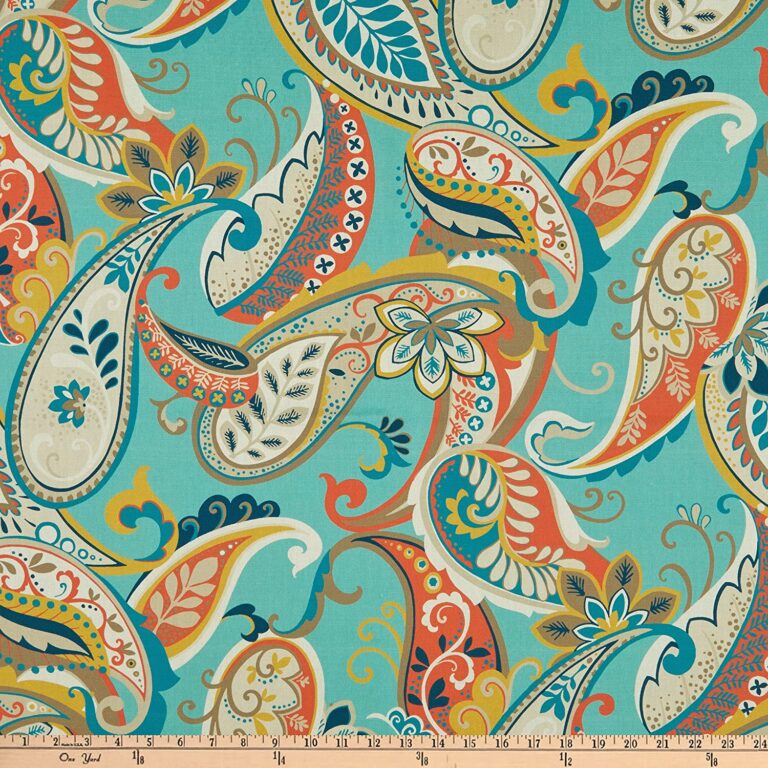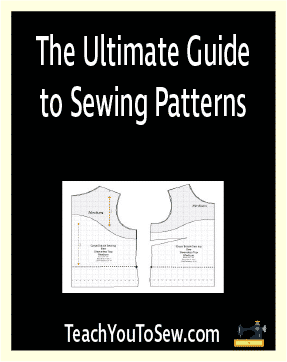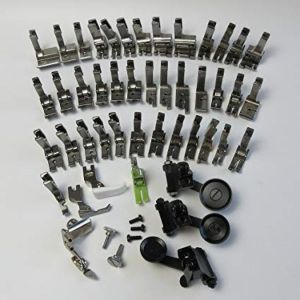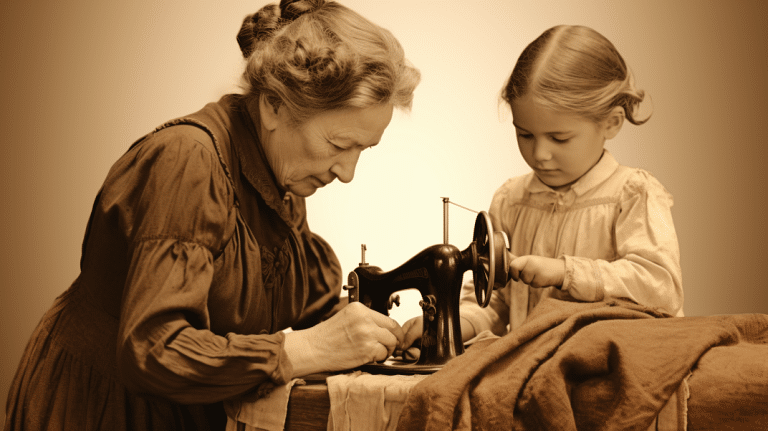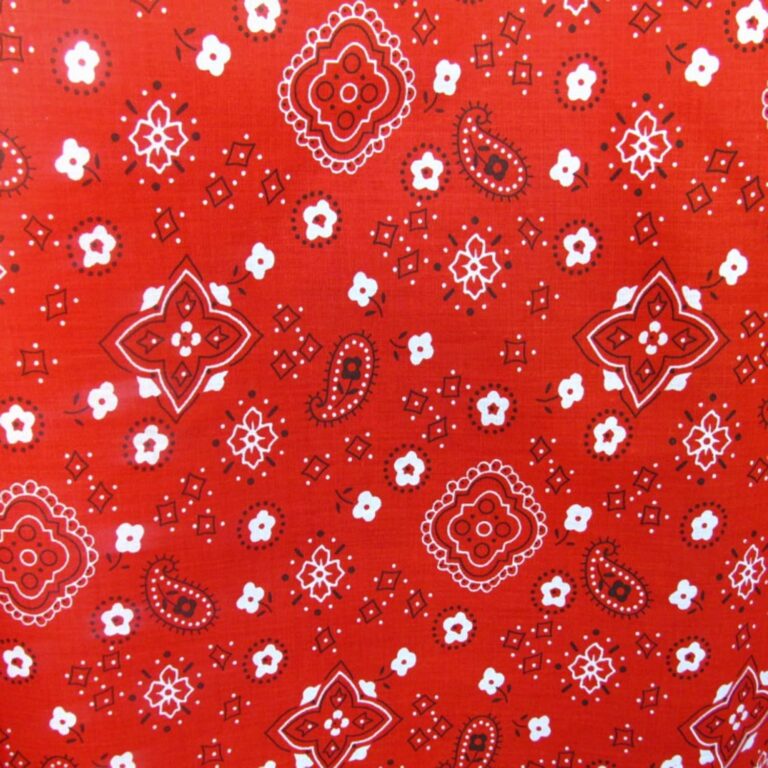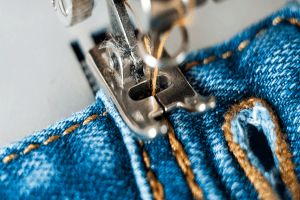Blends Fabric: History, Properties, Uses, Care, Where to Buy

When you cook something, you mix different vegetables, spices and other ingredients to get delicious food. You mix items because it makes food tastier and enhances its health benefits. Throughout the globe, experimentalists perform different experiments by blending different materials to enhance product qualities. And when it comes to blended items, the textile industry is not behind other industries.
In the textile industry, manufacturers blend different fabrics to get a better result. Blended fabrics are made through the amalgamation of one or more fibres. The resulted blends fabric is more enhanced, better and has unique characteristics.
The best example of Blends fabric is Polyester and Cotton; its blended fabric will be a comfortable and wrinkle-resistant fabric because cotton is comfortable but wrinkles easily, while polyester is resistant to wrinkling. Some other examples include Ramie and Acrylic, Wool and Cotton, Linen and Cotton, and more.
Table of Contents
KEY TAKEAWAY
- Blends fabric is created by blending one or more fibers in the textile industry, resulting in fabrics with enhanced qualities and unique characteristics.
- Blends fabrics are often water and stain resistant, durable, and offer a wide variety of designs, colors, and patterns.
- These fabrics are commonly used in clothing such as dresses, shirts, and undergarments, as well as for household items like curtains and bedding.
History of Blends Fabric
Before human-made fibres, manufacturers used to create different types of fabrics using natural fibres like cotton, wool, flax and silk etc. But with each passing day and technological improvements, humans started making man-made blends fabrics.
The first blends fabric was made by a French chemist named Charles Chamberland in 1889. His creation of artificial silk created a huge sensation among the audience in the Paris Exhibition. Afterwards, in 1910 rayon and 1939 nylon was created.
Properties of Blends Fabric
Water and Stain Resistant:
The human-made blends fabrics are mostly resistant to stain and water as compare to other natural fabrics. Stain and water-resistant makes it more user friendly as the users will not be worried about stains which can destroy their fabrics.
Durable:
The buyers ultimately search for a long-lasting product. And the blends fabrics are more durable than natural fabrics because they are strong, stretchable and retains shape.
Hot:
The blends fabrics are hotter to wear. It does not have wet-wicking qualities. This makes it difficult to wear during summers when the weather is hotter than usual.
Varieties and Designs:
People admire these fabrics due to its varieties, aesthetic designs, excellent colours, stylish patterns and softness. With so many varieties and designs, you can design and sew your own customized dresses.
Improved Texture:
These fabrics usually have improved texture. For example, the blend of wool with polyester creates a fabric best for suiting. Moreover, fabric with viscose and cotton blend has improved softness and lustre.
Reduced Cost:
Fabrics made with natural fibres tend to be much expensive while the blends fabric are more budget-friendly. For example, natural wool is costly, and people with a lower budget cannot afford to buy it. And wool, when blended with polyester, creates a cheaper fabric and ultimately, increases people’s purchasing capacity.
Uses of Blends Fabric
Some uses of Blends fabrics are as follow:
Clothing:
The blends fabrics are best used for dresses, shawls, shorts, shirts and other items like undergarments for both men and women. In fact, the most popular blends fabric is of cotton and polyester, which is used by all the top textile companies for making clothing items.
Household Items and Bedding:
This fabric is also used for manufacturing household items like curtains and sofa covers etc. while the bedding items include pillows, bed sheets and cushions etc.
Caring of Blends Fabric
Unlike other fabrics, the blends fabrics are easier to clean and care. However, each fabric in blends fabrics’ list has its own separate care instructions, and it cannot be generally applied to all.
Nevertheless, some basic instructions should be followed. Just like other fabrics, you should be cautious while washing. Wash it gently. Avoid using excessive chemicals as they may harm your fabric. And iron it on low heat.
Where to buy Blends Fabric
We recommend buying Blends fabric at Fabric.com.


